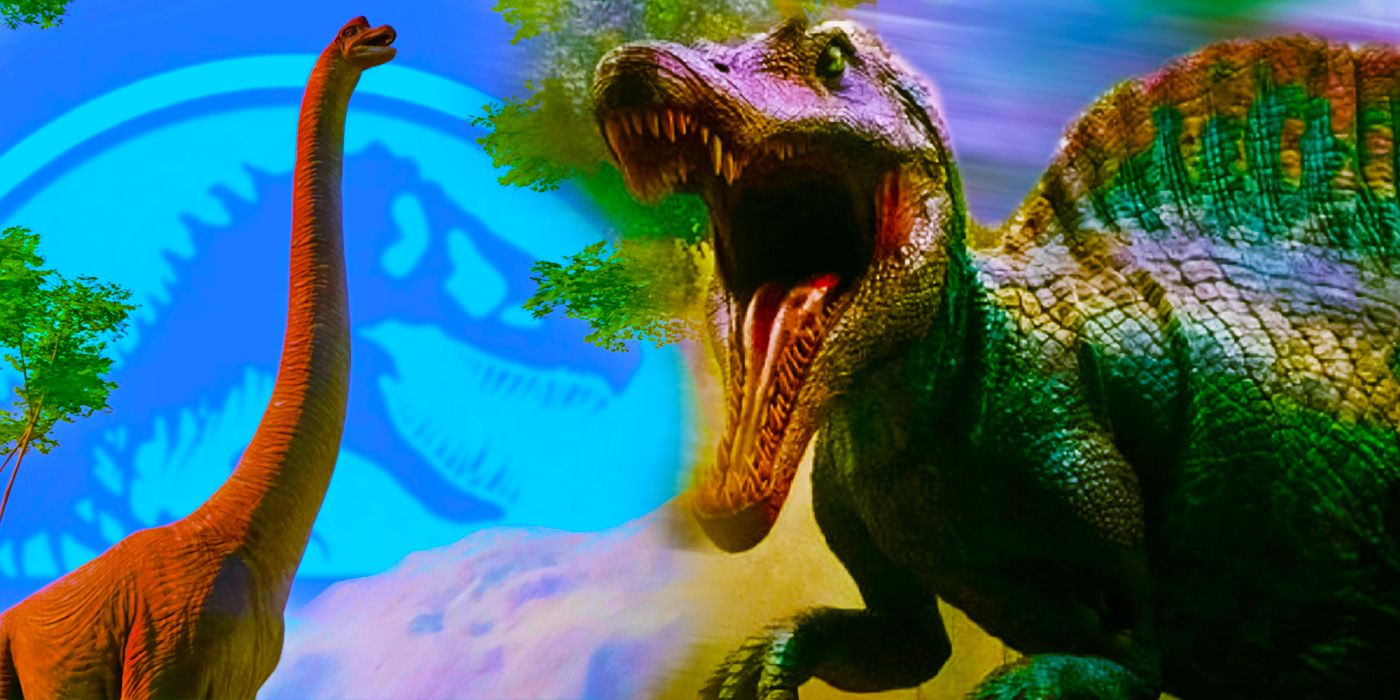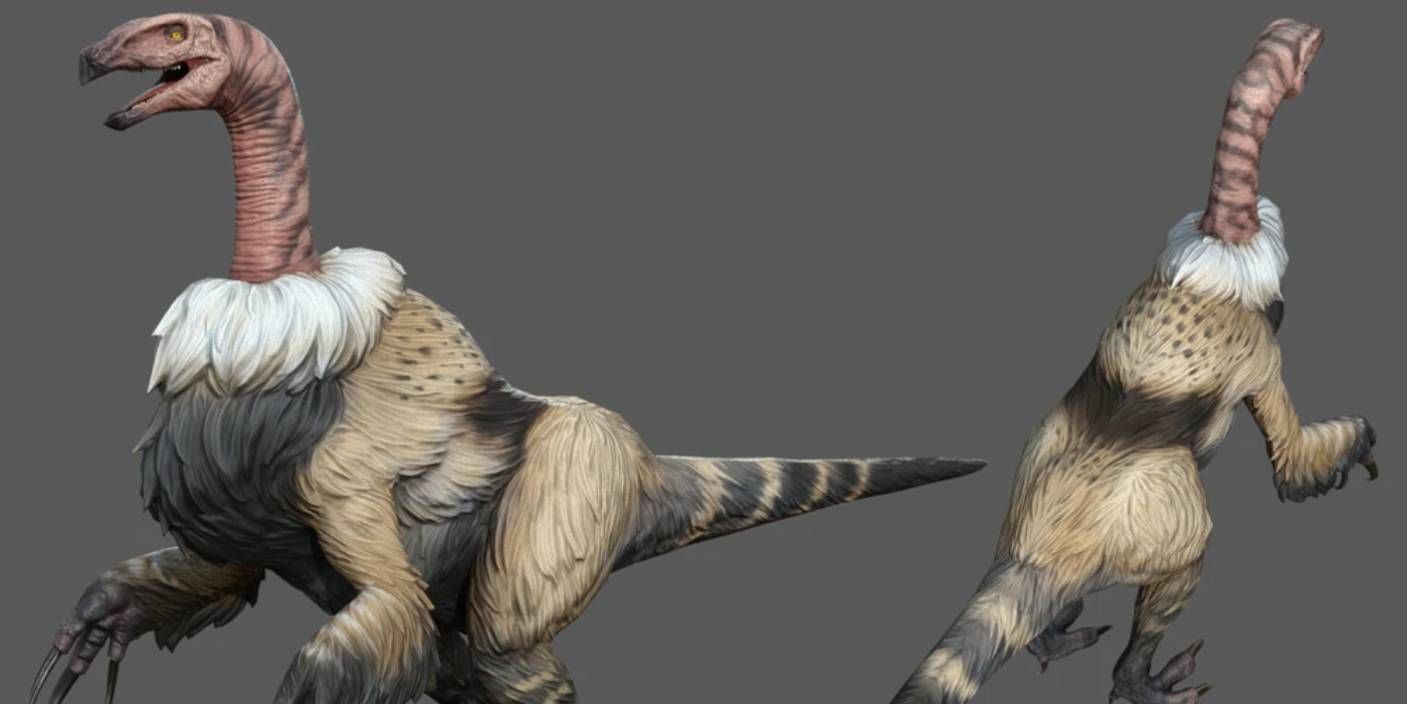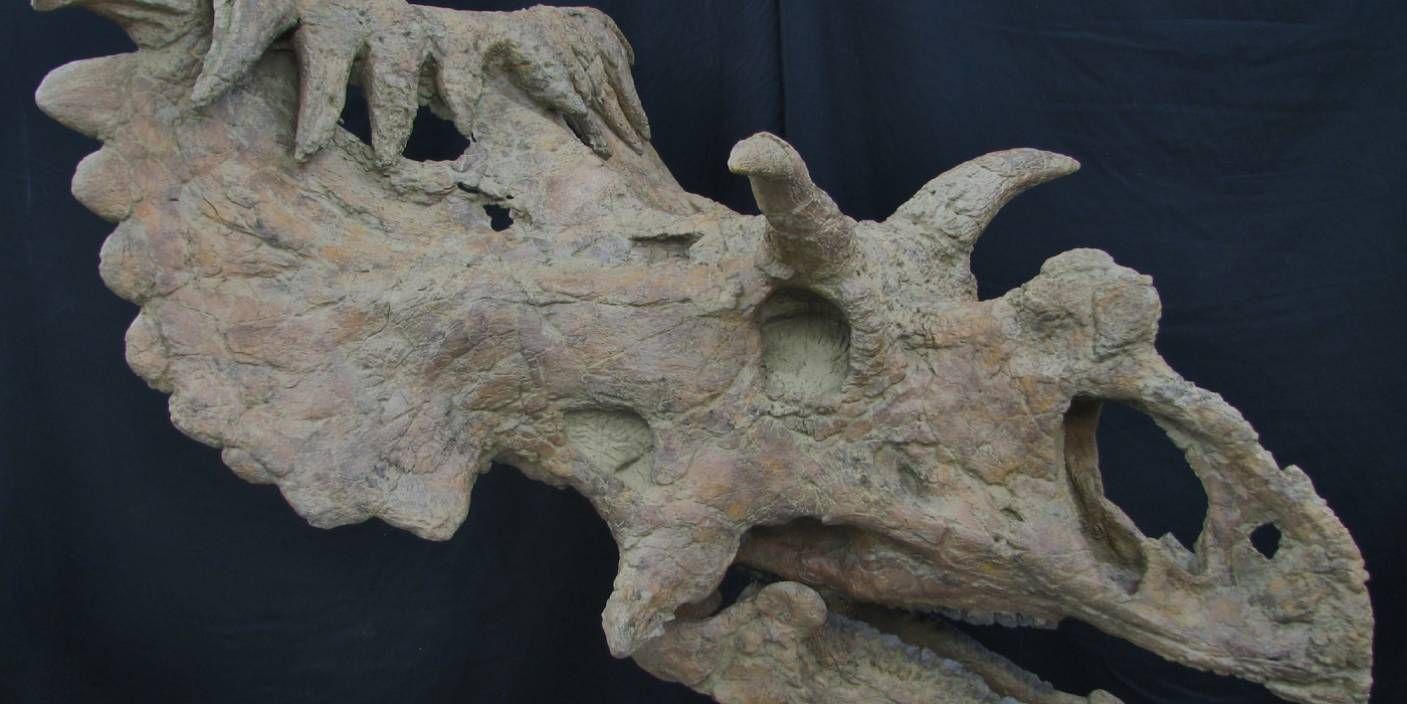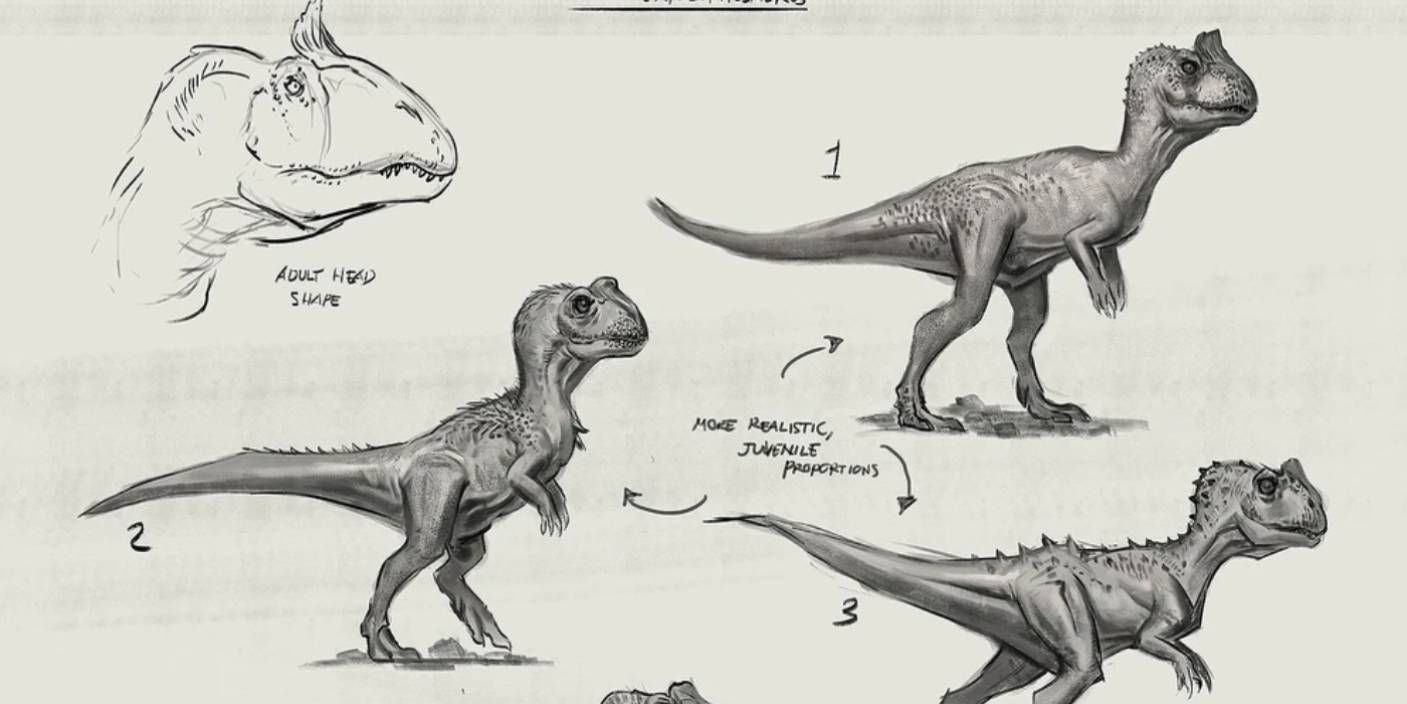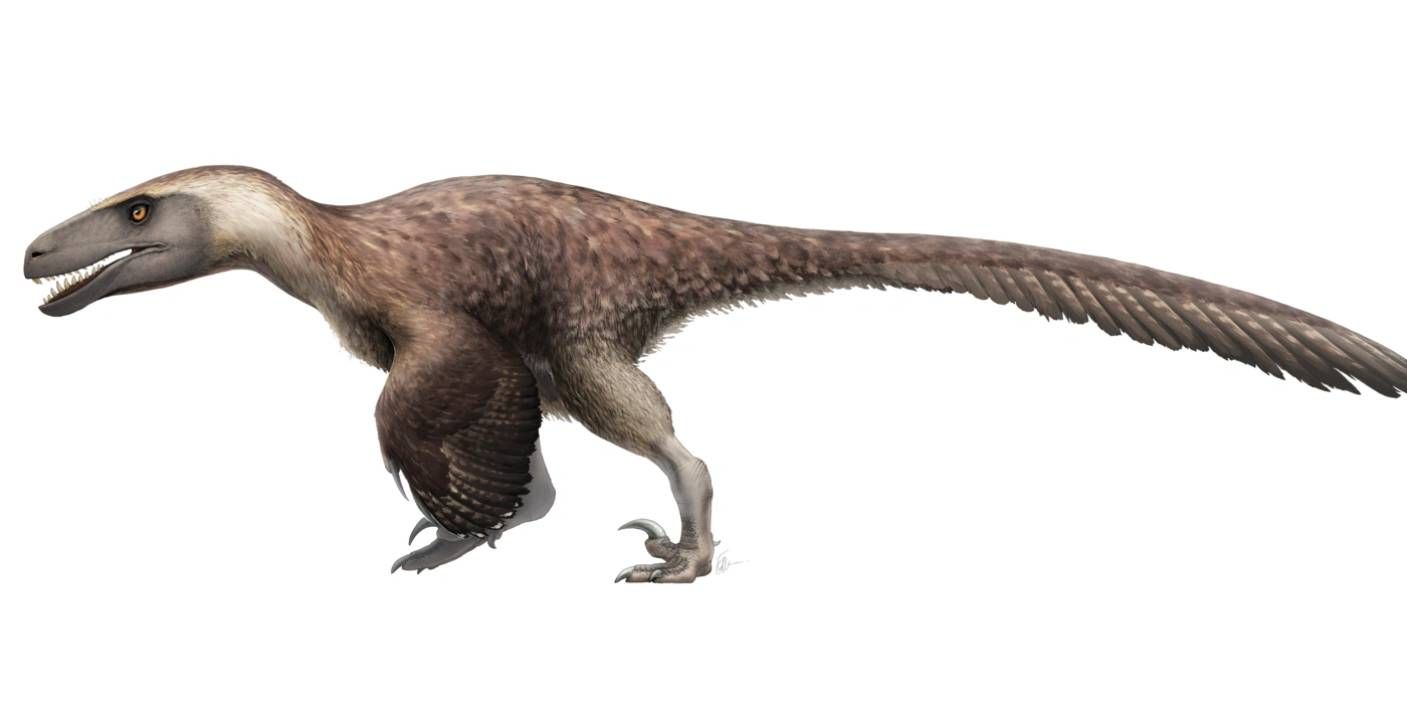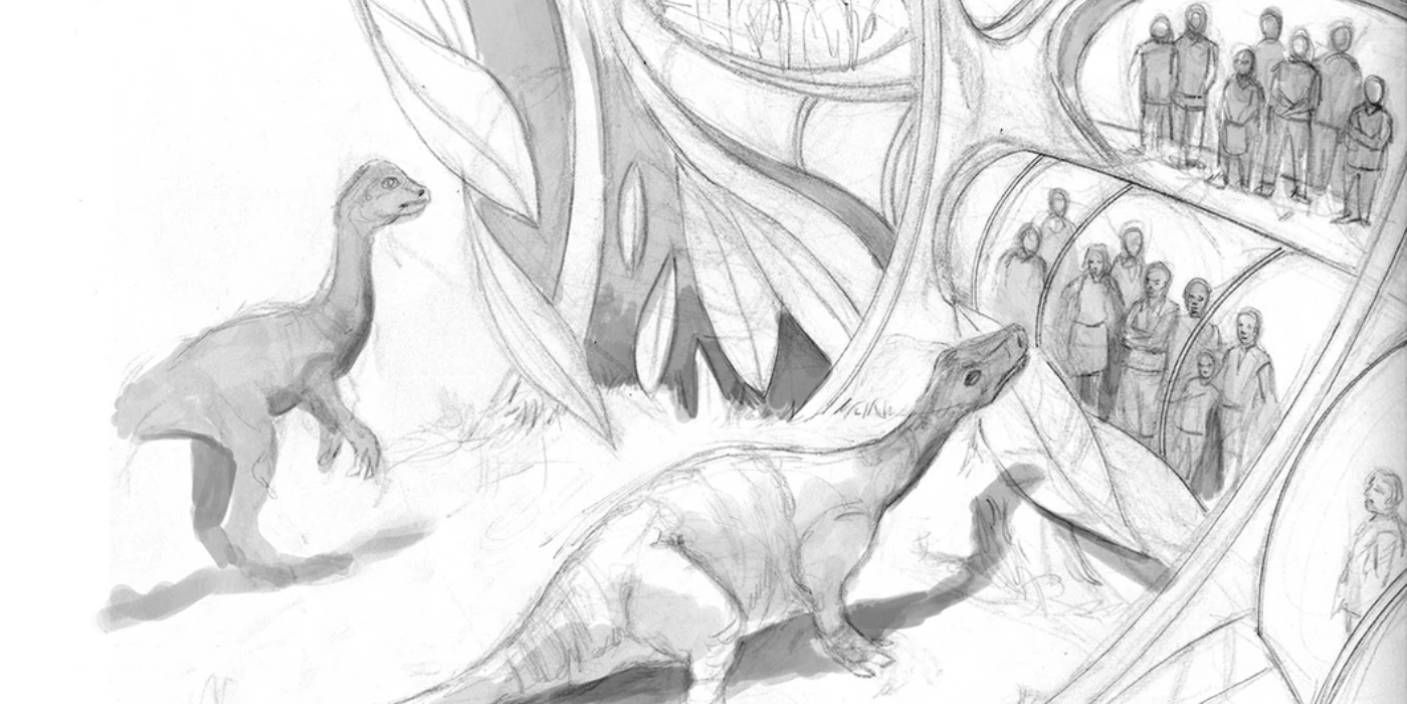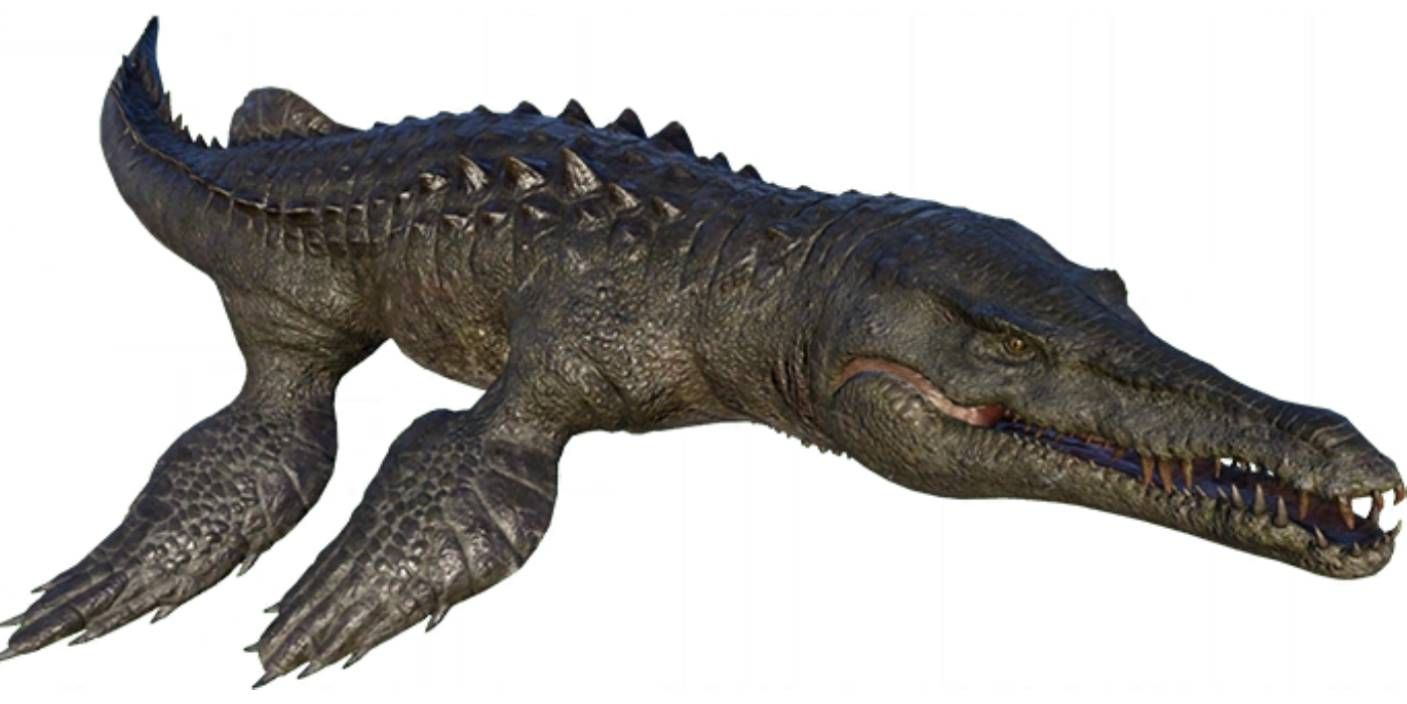Summary
- Jurassic World 4 aims to introduce a “New Jurassic Era”, featuring fresh dinosaurs and no returning characters.
- Among the potential new dinosaurs, Patagotitan Mayorum stands out as the largest land animal ever discovered.
- The inclusion of lesser-known dinosaurs like Suzhousaurus and Kosmoceratops brings diversity and excitement to the franchise.
The Jurassic World series is gearing up for a new movie that aims to relaunch the world of the prehistoric franchise, opening up some opportunity for new dinosaurs the legacy series has yet to see on the big screen. The canon of the Jurassic Park series has already been revamped once with the first Jurassic World, introducing a new chain of events from the first film that ignored the events of Jurassic Park III and The Lost World. Now, the upcoming Jurassic World 4 seems to be hitting the reset button again, opening the door for some fresh dinosaurs.
The series’ latest entry seems to be promoting a “New Jurassic Era”, featuring no returning characters from either trilogy. While the “New Jurassic Era” isn’t a term in paleontology, the series has never been shy to mix and match pre-human creatures from eons apart in the fossil record, putting the Stegosaurus from the Jurassic period in enclosures next to T. Rex from the Late Cretaceous period. The idea of a new dynasty for the science fiction franchise to enter opens up the possibilities for new dinosaurs even further.
10 Patagotitan Mayorum
Late Cretaceous period
Quite possibly one of the most famous dinosaurs to have never been included in the entire Jurassic Park franchise, Patagotitan Mayorum was a gargantuan beast. Discovered in present-day Argentina alongside a host of many other Titanosaurs, or extremely large dinosaurs, Patagotitan was the single largest land animal to ever exist, weighing in at a colossal 70 metric tons. With an elongated neck that brought its total length to over 120 feet, Patagotitan would tower over even the mighty Brachiosaurus in one of the first film’s most iconic shots.
9 Suzhousaurus
Early Cretaceous period
The Jurassic Park dinosaurs famously didn’t have feathers, a bio-historical inaccuracy which seemed to have set a precedent no future film could be able to escape from. The upcoming Jurassic World 4 could buck this trend dramatically with the introduction of Suzhousaurus, a dinosaur named for its location of discovery in China. Usually depicted as having robust plumage, the strange-looking creature was the size of a car, with a bulky, squat body and a long serpentine neck that ended in a sharp beak. The unconventional dinosaur had a single cut appearance from the video game, Jurassic World: Primal Ops.
8 Kosmoceratops
Late Cretaceous period
One of the most well-known dinosaurs that appeared in the first Jurassic Park was the beloved Triceratops, a three-horned herbivore with a powerful armored head. To shake things up, Jurassic World 4 could include the animal’s lesser-known cousin, Kosmoceratops, another leaf-eater with a similar bony crest and set of powerful horns. What sets Kosmocertops apart, however, is its incredibly ornate skull, with intricate downwards-pointing horns and blade-like nasal projection. Thus far, the ceratopsian had only ever appeared as a skeleton in Jurassic World: Fallen Kingdom.
7 Cryolophosaurus
Early Jurassic period
Despite being a cold-blooded reptile, Cryolophosaurus was a creature adapted for cold environments, living in Antarctica during a time in which the iced-over continent was more of a tundra. Meaning “frozen crested lizard”, Cryolophosaurus is notable for its unique comb-shaped crest, which was likely more ornamental than practical in nature. A Cryolophasaurus was almost featured in the animated series, Jurassic World: Camp Cretaceous, but was replaced at the last minute by an Ankylosaurus named Bumpy. Cryolophosaurus deserves another chance, and could be a great way to introduce an interesting new cold environment to Jurassic World 4.
6 Plesiosaurus
Jurassic period
Technically not a dinosaur, Plesiosaurus was a species of marine reptile that roamed the oceans of the Jurassic period. Most famously, the creature is known for its association with the cryptid the Loch Ness Monster, whose description resembles a Plesiosaurus, complete with four flippers and a flexible, snake-like neck. The animal had only ever appeared in the background of Jurassic World in a holographic display, but could make for a thrilling coastal encounter for the cast of the new movie to contend with.
5 Dunkleosteus
Late Devonian period
While pre-historical animals like Plesiosaurus and Pteranodon still fit in easily among a roster of dinosaurs despite not technically being dinosaurs themselves, Dunkleosteus is admittedly more of a stretch to include in a Jurassic Park movie. Still, it’s impossible to deny the terror that a giant man-eating fish with armor plating on its face and razor sharp teeth could inspire. Jurassic World 4 could do The Meg better, sprinkling in some aquatic danger alongside its terrestrial cast of critters.
4 Utahraptor
Early Cretaceous period
Stephen Speilbeg caught some flak from paleontologists in the original Jurassic Park for his depiction of Velociraptors, who were much bulkier than their biological namesakes actually were in reality. Around the size of a polar bear, Utahraptor was the largest and most threatening dromaeosaurid (the same type of bipedal pack hunters as Velociraptor) to-date, named after the U.S. state in which it was discovered. Never before included in the franchise, a correctly-designated Utahraptor would go a long way to repairing Jurassic Park‘s reputation with actual dinosaur-studying scientists.
3 Gigantoraptor
Late Cretaceous period
Gigantoraptor’s was one of the Oviraptorosaurs, a group of dinosaurs characterized by their feathers and tendency to steal the eggs of other species. The largest of these thieves, Gigantoraptor was over 25 feet long, and weighed up to two tons. Though concept and storyboard art for an enclosure featuring the animals was drafted for Jurassic World, it never got the chance to appear in the film. With its intimidating size, Gigantoraptor would make for an excellent exhibit in Jurassic World 4.
2 Liopleurodon
Middle to Late Jurassic period
One of the most memorable scenes of the first Jurassic World was the final act being punctuated with the vile Indominus Rex being eaten in one bite by the mighty Mosasaurus, a massive aquatic reptile. As jaw-dropping as the scene was, the Mosasaurus doesn’t exactly make for a fair fight against human opponents. Enter Liopleurodon: a smaller, but still hefty pliosaurid that could make for a terrifying waterborne predator for the Jurassic World 4‘s protagonists to face. With an incredibly fast swimming speed and excellent sense of smell, Liopleurodon’s inclusion would make a big splash.
1 Spinosaurus
Cretacous period
One of the only dinosaurs from the original Jurassic Park trilogy to never make it into any Jurassic World film, Spinosaurus is an infamous carnivore. Named for the long ridge along its massive back, Spinosaurus’ controversial defeat of T. Rex in Jurassic Park III was the subject of heated debate, earning it a sort of villain status within the Jurassic Park fandom. The long-awaited return of Spinosaurus would bring the Jurassic World franchise back in a big way, drawing eyes to the possibility of a rematch 23 years in the making.
This story originally appeared on Screenrant

